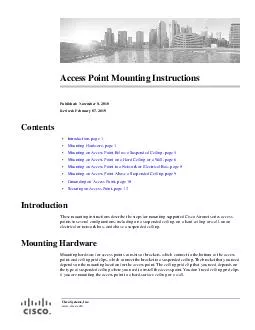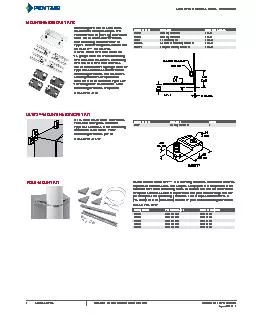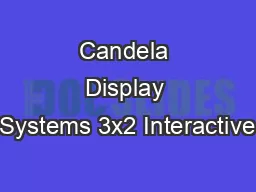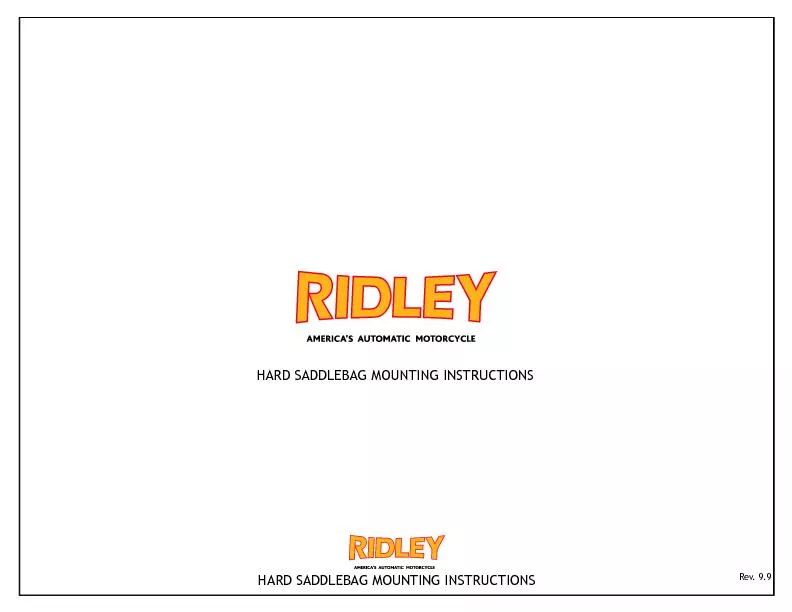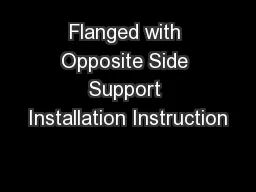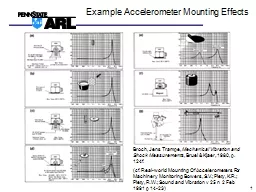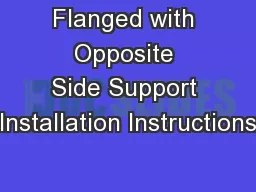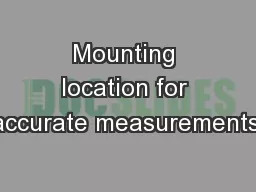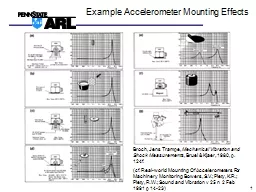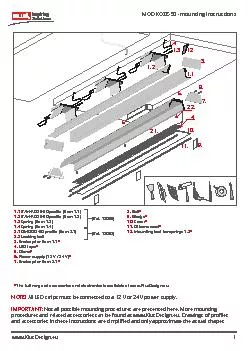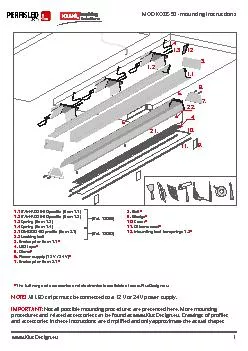PDF-Access Point Mounting InstructionsOL-166451-01
Author : trish-goza | Published Date : 2016-06-28
Mounting Hardware Two mounting brackets are availableThe lowprofile bracket AIRAPBRACKET1 which provides a tight fit between the access point and the ceiling but
Presentation Embed Code
Download Presentation
Download Presentation The PPT/PDF document "Access Point Mounting InstructionsOL-166..." is the property of its rightful owner. Permission is granted to download and print the materials on this website for personal, non-commercial use only, and to display it on your personal computer provided you do not modify the materials and that you retain all copyright notices contained in the materials. By downloading content from our website, you accept the terms of this agreement.
Access Point Mounting InstructionsOL-166451-01: Transcript
Download Rules Of Document
"Access Point Mounting InstructionsOL-166451-01"The content belongs to its owner. You may download and print it for personal use, without modification, and keep all copyright notices. By downloading, you agree to these terms.
Related Documents

